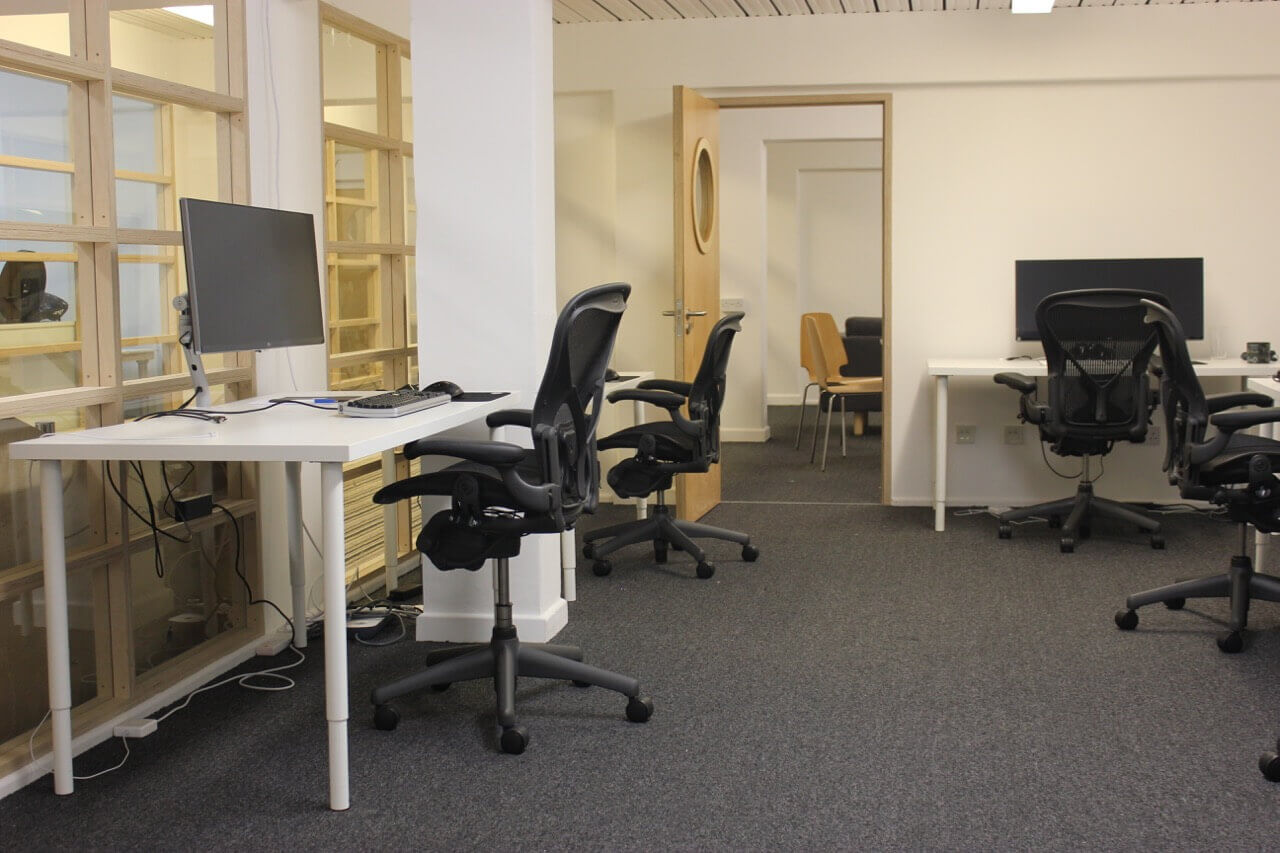This article was originally posted over at NetSuite.
Inventory management is about knowing what you have in your warehouse and where your stock is located. However, unless it’s integrated with your back-office systems, an inventory management system alone can’t effectively optimize your inventory, nor ensure the inventory asset value on your financial reports matches what is physically in stock—at least not without manual intervention and reconciliation.
To optimize inventory management, leading companies integrate their inventory software directly with back-office and accounting systems. This integration provides a competitive edge with abilities to plan effectively, execute predictably with customers and minimize labor costs and errors associated with manual reconciliation.
Determining the right inventory management system for your business and a strategy for back-office integration requires assessing your needs today and your plans for future growth.
To achieve maximum benefits, your integrated solution must be real-time, flexible, transparent to users, reconcilable and scalable.
Why Integrate Inventory Software with Your Back Office?
The three key benefits to integrating your inventory management software with youraccounting and back-office systems are:
- Optimizing inventory to meet product availability and ROI goals
- Providing inventory visibility to supply chain partners
- Stating inventory accurately in financial reports
Although there are other benefits of integration between inventory and back-office systems, these three can provide significant impact to your company’s bottom line.
Inventory optimization: Having the right mix and the right amount of inventory on hand is paramount to both customer and investor satisfaction. Customers want “fresh” product on demand, and investors would prefer no working capital tied up in inventory. Balancing these conflicting objectives is tricky and carrying extra inventory wastes money beyond the initial material and labor investment.
Activities such as storing, counting and reworking inventory tie up additional working capital, and potentially reduce the availability of products your customers want. Planning the right level and amount of inventory requires your sales order, purchase order and planning systems to have real-time visibility of your inventory.
Supply chain visibility: Many companies are using supply chain partners to manage their inventory levels and customer shipments. To do so effectively, the inventory system must be integrated not only with the company’s back office systems, but also with supplier and 3PL, or third-party logistics, systems. By seeing your company’s fluctuating inventory levels, suppliers can ensure their product is available at your warehouse or 3PL when your customers need it.
Accurate financial reports: Ensuring your annual reports and tax returns are accurate is crucial for your investors and the government. Inventory value can be a significant portion of your stated assets and the recorded value in your books must match the physical value in your warehouse. The only effective way to ensure financial integrity in your company reporting is to integrate the transactions in your inventory system with your back-office chart of accounts.
What’s Important in the Integration
Inventory and back-office system integration must be real-time, flexible, transparent to users, reconcilable and scalable. Being real-time provides the best visibility to your customers and supply chain partners, and ensures that your financial reports are always up to date and accurate.
Users want the integration to be flexible and transparent, as continuous changes in business processes may require adjustments to the integration. Users don’t want to have to think about think about the integration, they just want it to work! Scalability is sometimes forgotten about during the integration design, but if neglected it will come back to haunt you when your company’s success overloads it with high transaction volumes.
The Path to Integration
The easiest way to achieve the integration objectives and criteria we’ve discussed is to find an ERP system with an inventory management module that meets your needs. If this is not feasible, the next best solution is finding an inventory system and an ERP system that were both designed from the ground up with open and flexible APIs.
If systems with open APIs that meet your needs are not available, you can still integrate your systems, but the integration may not be real-time and will require constant maintenance as your system providers upgrade their solutions. Even manual updating and reconciling between systems can work to keep the various systems in sync, but in today’s fast-changing and low-margin business environment, it will probably not work for very long.







